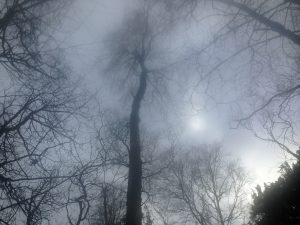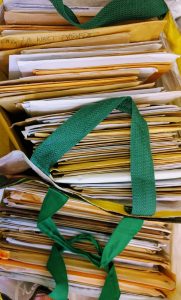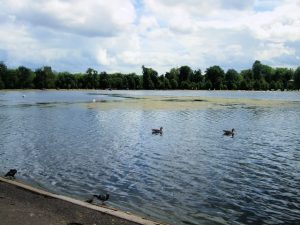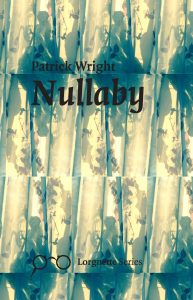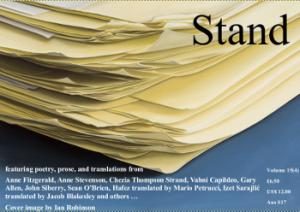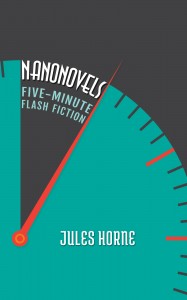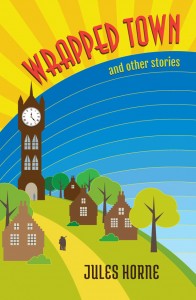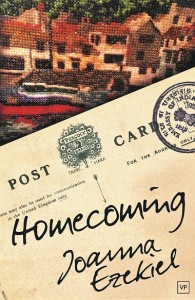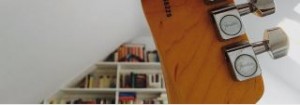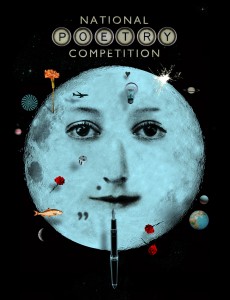As my co-editor Dr. Siobhán Campbell, one of the Module Team developing curriculum for the new MA in Creative Writing, writes in the introduction to Eavan Boland: Inside History, a new book of essays and poems on the work of one of Ireland’s leading poets of the 20th and 21st centuries, we belong to a generation of writers for whom Boland’s ‘presence as a poet, critic and teacher has been of major importance.’ But despite that importance, there had been few recent, Irish-produced critical studies of a poet whose work is so well known on the international stage. As Irish women poets and academics ourselves, we felt that this was something needing to be addressed.
Siobhán first approached me with the idea of a critical study in early 2012; at that point, we were aiming to publish something to coincide with Eavan’s 70th birthday in 2014. And although a number of events took place and celebratory publications were issued during that year (a special issue of PN Review, for example), our own project proved to have its own deadlines. As Siobhán and I discussed the sorts of contributions we’d like, we understood that it would take longer to assemble the range of writers and voices we wanted; not only academics who had written critically about Boland’s work, but also poets and writers who, as her peers, could give their own perspectives on the Eavan they knew, personally and professionally. Quite soon we realised that we’d also like to include poetry from other poets for whom Eavan’s work was significant; either as contemporaries or as writers for whom she was an important influence.
So we began to approach our wish-list of contributing authors. We knew the academics who had already written on Eavan, so the choice of Jody Allen Randolph, Lucy Collins, Patricia Boyle Haberstroh and Peter Dolmanyós were natural ones. But with the writers, it was more complex. Not every poet is a critic too, and although we had a really good response to the idea of the book, not everyone we first approached felt they had the time to commit to researching and writing a critical essay. But many did, and the essays produced by Gerry Smyth, Gerald Dawe, Eamonn Wall, Thomas McCarthy, Nigel McLoughlin, Chris Murray and Colm Toibín offer wonderful insights from the perspective of other writers who had lived through her times, or who had benefitted from her influence in their own literary development.
These essays offer many fascinating perspectives on Boland’s context within Irish literary and political history. For example, Gerald Dawe focuses on the political dimension, exploring the poems produced during the decade 1975 to 1985 in order to make the argument that Boland’s initiating engagement with, and opening-up to, the political and ideological conflict of the northern ‘Troubles’ is often over-looked and that she made a substantial contribution to what he terms the ‘debates’ of those troubled decades. Gerard Smyth concurs, arguing in his essay that beyond the personal in Boland’s work lies an engagement with what he terms ‘less distinct, often trickier notions of national and cultural identity.’ From his own position as an Irish poet based in America, Eamonn Wall takes the perspective of Boland’s position in Irish America, and explores the contention that a priority in Boland’s work is to provide an account of exile that is realistic, personal, and rooted in contemporary times.
The choice of publisher was as important a choice as that of contributors. We needed a person who would embrace our vision of what such a book might look like. In Alan Hayes of Arlen House, we found somebody with the imagination and generosity of spirit to run with our notion, and to improve upon it. We had initially thought that just a handful of poems might punctuate the book; Alan suggested expanding it to the number we now have (14 in total) so that each essay is separated by a poem. We are thrilled to be able to include poems by Paula Meehan, Michael Longley, Paul Muldoon, Sinead Morrissey, Thomas Kinsella, Nuala Ní Dhomhnaill, John Montague, Medbh McGuckian, Eiléan Ní Chuileanáin, Katie Donovan, Dermot Bolger, Jean O’Brien and Moya Cannon.
Of course we recognised the symbolism of working with Arlen House on this project; Eavan herself worked as an editor there in the 1970s and Arlen published some of her early collections (In Her Own Image, The War Horse) so in a sense we were bringing the poet home. And we couldn’t have done it without the generous help and support of another one of her publishers, Michael Schmidt of Carcarnet, who was unfailingly generous in his granting of permissions to quote from her poetry and who allowed us to reprint the wonderful conversation between Paula Meehan and Eavan Boland – A Poet’s Dublin – that took place on the occasion of Eavan’s 70th birthday at the Abbey Theatre.
Both Siobhán and I feel as editors that with this volume we have just begun an important conversation and reappraisal of Eavan Boland’s position in Irish and world literature. As Irish women poets we both feel indebted to her, for opening doors and creating precedents that meant that neither of us faced the struggle for acceptance or opportunity that she and her contemporaries did. We’re excited to see the reaction this new volume will provoke, and hope that it will contribute to a more nuanced and broader discussion of her work and influence and provide an important new resource to students of her work.
Dr. Nessa O’Mahony, Associate Lecturer, Creative Writing

